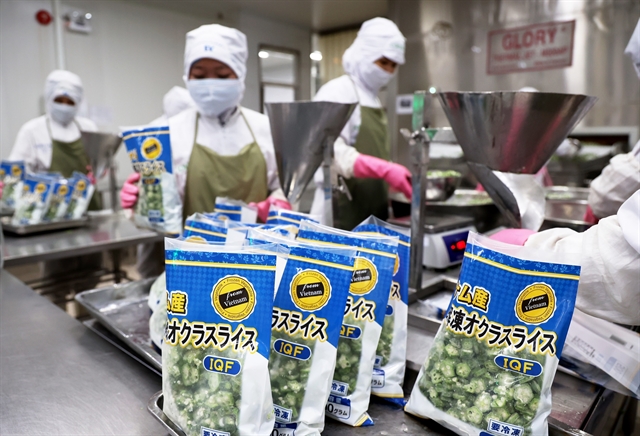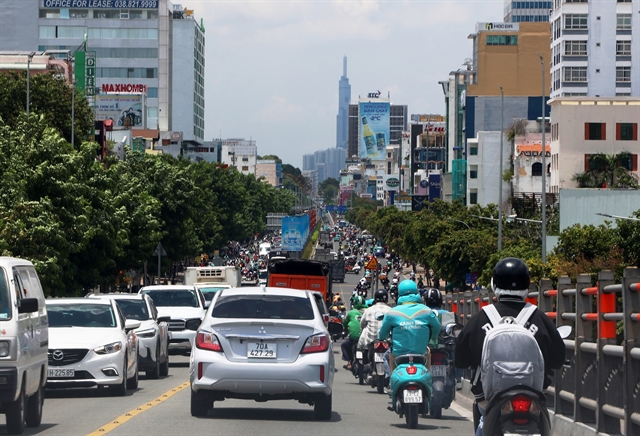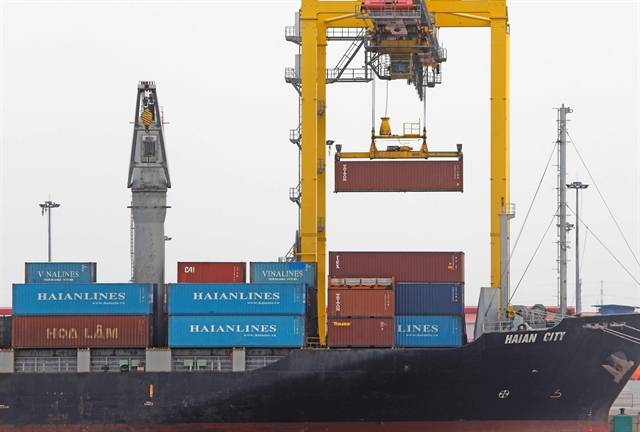 Economy
Economy

 |
| Containers loaded at Hải Phòng Port. Việt Nam ran a trade surplus of US$14.08 billion in the first seven months of this year. — VNA/VNS Photo Trần Việt |
HÀ NỘI — Việt Nam earned a trade value of US$439.88 billion in the first seven months of this year, with a trade surplus of $14.08 billion, according to data of the General Statistics Office.
In July alone, the trade value reached $69.72 billion, rising by 8.7 per cent against June and 21.8 per cent over the same period last year.
Of the figure, export reached $35.92 billion in July, a year-on-year increase of 19.1 per cent while imports rose 24.7 per cent to $33.8 billion.
For the seven-month period, exports totalled $226.98 billion, up by 15.7 per cent, in which the domestic sector accounted for 27.8 per cent and the foreign-invested sector (including crude oil) accounted for 72.2 per cent.
Imports totalled $212.9 billion in the seven-month period, up 18.5 per cent. Of the import value, the domestic sector contributed $78 billion, up 21.5 per cent and the foreign-invested sector saw a rise of 16.9 per cent to $134.9 billion.
The US is Việt Nam's largest importer with a revenue of $66.1 billion. China is the country's largest exporter with a revenue of $79.2 billion.
According to Lê Quốc Phương, former deputy director of Việt Nam Industry and Trade Information Centre, the goal of reaching export revenues of $377 billion, or a growth rate of 6 per cent in 2024, is within reach, as Vietnamese enterprises are well prepared for taking opportunities from free trade agreements (FTAs).
Việt Nam is among the world's top exporters for many products such as rice, pepper and garments. It’s critical for Việt Nam to continue to improve product quality to meet requirements of import markets.
Companies also need to diversify into other markets and expand into ones such as the Middle East, Africa and South America in order to minimise the risks from dependence on single or several markets.
Việt Nam’s export and import were robust in the period, Trần Thanh Hải, Deputy Director of the Import – Export Department under the Ministry of Industry and Trade said.
The ministry was hastening the progress of negotiation for the Comprehensive Economic Partnership Agreement with the UAE as well as promoting in-effect FTAs to enterprises.
The ministry would continue to provide market updates to enterprises so that companies could develop appropriate production and market development plans.
The focus would also be on increasing digital transformation in trade promotion, he said. — VNS